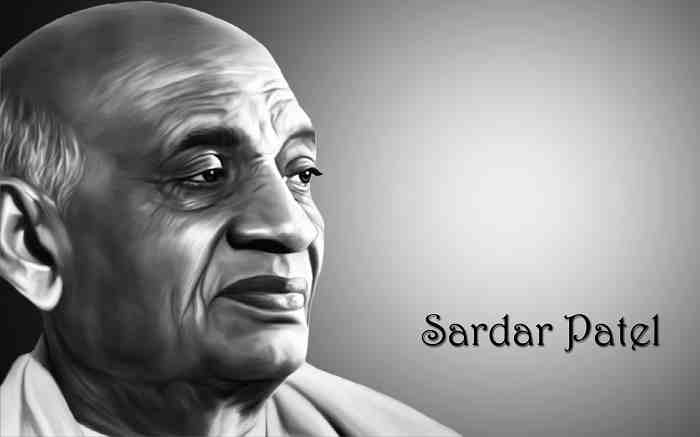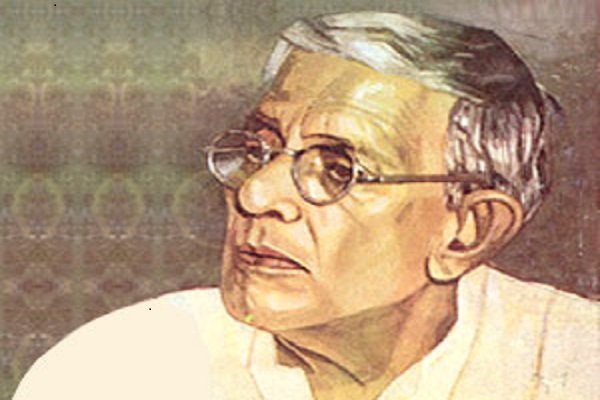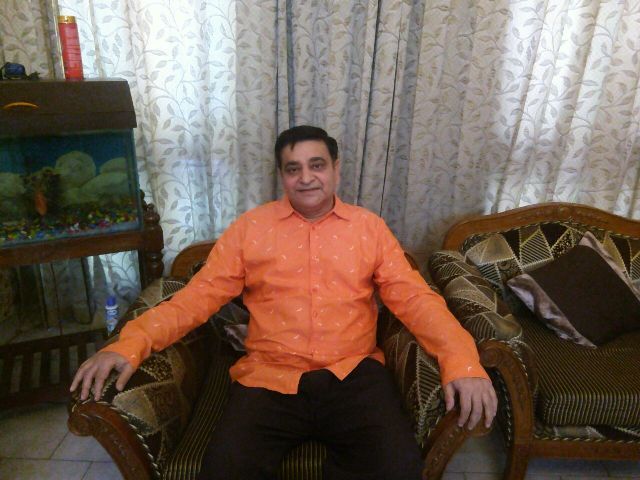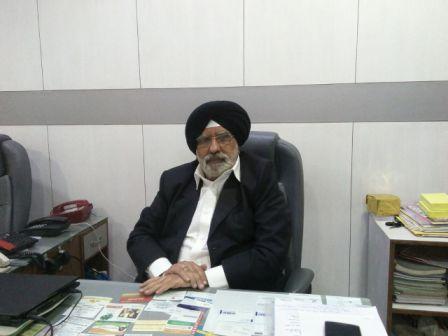Ecological Buildings

Ecological Buildings
Revathi Kamath, a pioneer in her field of architecture has brought a new revolution with her work through designing mud and steel buildings all over India. One World News interacted with this revolutionary lady who loves her work and is trying to bring a change into the society. She has been into this field since 1971 and keeps on experimenting with different designs every day for the utmost pleasure of her customers.

What inspired you to go for mud architecture?
It was when I got into my college, everybody focussed on European buildings and style. No doubt, it was important to learn that to be in sync with the technological advancement, one should have an option to create and to creatively bend it and so, in my entire architectural course, I was seeking to do that. Of course, it meant battling with the system.
However, my teachers encouraged me to pursue my dream. The professors were not rigid but the system was. We were asked to go and measure buildings and understand why things were, the way they were. However, my entire focus was on understanding tradition, climate, culture and how these will come together to give a language of architecture and you will understand that there is a deep indigenous context that exists.

Besides, my grandfather had an architect friend who was a regular visitor to our house and like him, my grandfather too, always wanted to be an architect. So, he had subscribed to many architectural magazines. So, these two dimensions really enriched my childhood and motivated to take up architecture as my career.
And what you do has to add to it and not destroy the harmony so, that civilisation moves forward and continues. So, I am a part of all that where the past and the future blend in.
It is very important to understand that whenever you design a contemporary building, you should be aware of the richness of the architectural consciousness of the place.

Any designs that you made out of mud during your childhood?
Yes, I made many. In fact, my aspiration to do something in this field started when I was a child. I was born and brought up in a small village in the Sambalpur district called Chipilima on the banks of Mahanadi River. It was a lovely place, where along with my friends, we made mud utensils and other items. I made a doll’s house which was big enough to go inside it. So, being in direct contact with the elements of nature was very much a part of my childhood.
Tell us something about your first project.
The first project which I did was for Nandita and Amit Judge in Mandi village which is located on the Gurgaon-Faridabad road. The next was a resort in Mandawa, Rajasthan. Along with that, I did another project for the people of Shadipur depot.

Who was your mentor in this field?
Well, I really did not have any mentor as such. I loved the work of Frank Lloyd and Lorry Baker and respected revolutionary ideas of Hassan Fathy. And, the real inspiration came from Mahatma Gandhi who said that, “You should contemplate on the most wretched person that you ever encounter and see what you do, should affect that most wretched person and lift them from rigidness into a higher system”.
So, it really affected me when I saw the most wretched woman carrying cement on construction site. When I saw her, I thought as to what I can do for her which helps her to get out of this condition.
Seeing the plight of rural and poor women who were forced to work in factories, Revathi provided them with employment opportunities where they themselves can be renderers and furnishers. It was not about giving them workspace in a corner but actually training them in the skill they already possess.

What do you have to say on the stereotypical mentality of people attached with mud buildings?
Yes, mud buildings are generally seen in villages due to the ecological factor behind it. As you can see, industrialisation has totally destroyed the cities or it does not care about the environment. The eco-system and the environment are suffering continuously. It is being degraded and compromised. For me, civilisation is awarding dignity to all forms of life and assimilating them in our culture. Civilisation is actually respecting and giving space to all forms of life, which means the entire environment has to be our concern. So, for this, it is imperative to use materials that least destroy our environment. The minute you use a brick for a medium-sized house, it requires woods of four to five fully grown trees just to burn the bricks. So, if mud can do the job, then why not mud bricks?!
We add neem leaves and haldi into it. I feel it is all around you in nature. You only have to imbibe it and use it accordingly.
What kind of struggles did you face initially?
As a matter of fact, I am struggling till date and it has become a part of my life. For a woman who had different story ideas, it was little difficult to start, initially.
One of the worst moments I faced was, when a girl, built her house out of mud bricks and her father asked a contractor to bring it down even without her permission. Her father renovated the house again with pucca bricks. That was the nightmarish incident I ever faced. According to him, staying in a mud building was against his status symbol. However, the girl had her own ecological and fashionable point to stay in one such.
Revathi Kamath has designed around thirty mud buildings in India. Besides, she is also the first one to design stainless steel buildings or from re-cycled materials, used bricks, stones, etc. Also, she prefers steel to aluminium and concrete.

How do the mud buildings cope up with the unpredictable climate of India especially rainfall, etc?
(Smiles) It depends on the chemical composition of the soil that is, sand, silt and clay. To make a good building material, the amount of sand and clay has to be balanced, whereas the silt is minimal. Depending on the climate, the forms of the building has to change. Like in places of heavy rainfall, the roofs should be sloped, so that the water does not collect over there. Moreover, the blend is a mixture of different organic materials to make the building water-resistant.
What are the changes that you wish to bring in the society?
I want people to realise that even the labourers and the poor lot are one of us. I also want them to break the barrier they have created between the rich and the poor. I want to give poor an equal opportunity to show their skills and work together with others, and not under them as slaves.
However, I am not trying to change anyone as such through my work. I am doing what I want to and in the process, if people are liking it, well and good but if they are not, it is up to them.
Revathi Kamath is the pioneer of mud architecture in India. But such mud buildings can also be seen in England, Mexico, South America, France, Spain and Italy. In Yemen, buildings of seven storeys can be seen with one metre thick wall. So, this consciousness exists all over the world.

Though she is not interested in winning any award or gaining popularity for her work, she has been nominated for several awards in her forty-three years of architectural career. She has been nominated for Agha Khan Award, Architectural Award for women- USA, and Best designer of the year Award.
Have a news story, an interesting write-up or simply a suggestion? Write to us at info@oneworldnews.in







